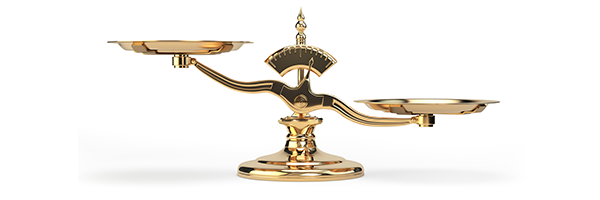
October 24, 2023 | AAPL, ALB, CAT, Daily JAM, DE, Dividend Income, DUK, F, GM, Jubak Picks, Mid Term, NI, SCCO, Short Term, Special Reports, Top 50 Stocks |
I’ve hi-lighted the key characteristics of the coming global debt bomb explosion that investors MUST include in any plan to protect a portfolio from the explosion of this bomb.

April 6, 2023 | Daily JAM, DVN, GDX, GOLD, GOOG, Jubak Picks, Long Term, MSFT, PXD, SCHW |
I will add this post to the end of my post of the entire Special Report today. I’m also posting it here, however, as a stand-alone so you will get notice in your email box that Move #4 has gone up. Here’s what I posted for Move #4.

March 8, 2023 | Daily JAM, Short Term, Special Reports |
This is going to take me a while to get all five steps posted. The market situation is very complicated right now and the appropriate solutions are very specific. I’m going to start with the short-term moves you need to be making NOW and then gradually extend my recommendations to cover the entire next five months. I’ve now posted Steps #1, #2, and #3

February 18, 2023 | Daily JAM, Short Term |
Remember the good ol’ days when Treasuries paid 0% or so and you had to give a bank your toaster to open an account, paying 0.01%? Right now you can find a CD paying 5%–and it doesn’t require locking up your money until the sun goes super-nova either.
Today, the 12-month Treasury closed with a yield of 4.99%. And the 6-month bill paid an even higher 5.02? You can find a bond ETF with an SEC yield of 4.63%. And even a money market fund paying 4.45%. What’s the case for stashing some of your cash in something “safe” as the stock market looks like it’s about to go into one of its periods of volatility? And what’s the best choice when you’ve suddenly got so many vehicles offering to pay you 5% or so? In today’s post, I’ll sketch out the pluses and minuses of these alternatives.

June 23, 2022 | ABBV, Daily JAM, Dividend Income, GOLD, Jubak Picks, PXD, Special Reports |
The advice is sound, very sound. Move part (at least of your portfolio to cash and sit out the worst of this bear market on the sidelines. And since you have that cash in hand, you’ll be ready to snap up bargains when the market has put in a bottom (or near the bottom, or on the way up from the bottom…or something.) But right now that’s easier said than done.

July 26, 2021 | Daily JAM, Special Reports |
Today, I’m going to begin to give you specific picks so you can start to fill out the three buckets I recommended in Part 1 of this Special Report. Filling the long-term bucket is probably the most fun–who doesn’t like imagining the wealth that will roll in from finding the next Nvidia (NVDA) or from investing in the current Nvidia. The short-term bucket is the most challenging since it requires you to confront the current paucity of assets throwing off yields of even 2% head on.But let’s start there since the other buckets hang off the short-term bucket.

August 25, 2020 | Daily JAM |
Part 3A: Strategies and Picks for the less risky end of a retirement portfolio Part 3 of my Special Report : "Meeting Your Retirement Challenge," which will focus on 5 concrete steps that you can take in your retirement portfolio. In this, Part 3A, I'm going to begin...
October 3, 2013 | Daily JAM, Morning Briefing, Short Term |
The price of credit-default swaps (CDS) used to insure U.S. government debt against the possibility of default climbed to 35.5 basis points yesterday. That was the highest level in six months but still well below the 62 basis points in the 2011 debt ceiling battle. All this said, while markets are more nervous, they aren’t exactly very nervous yet—as the price of CDS indicates.








